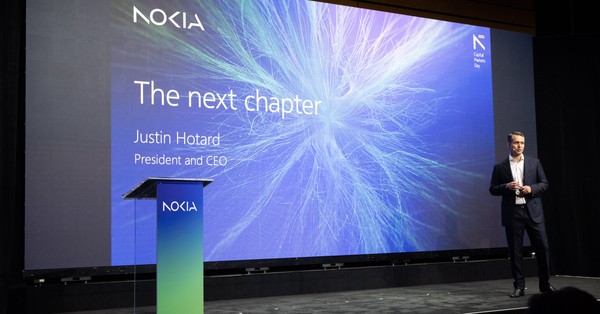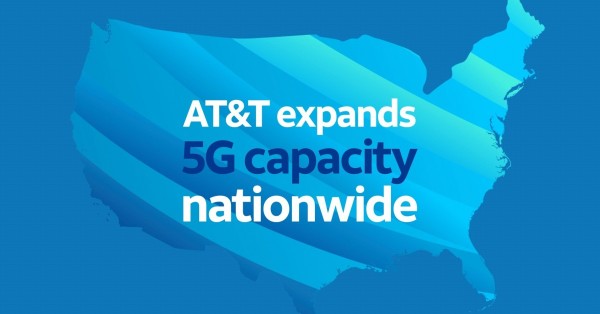Nokia AI Strategy: What Changed and Why It Matters
Nokia is restructuring to monetize the AI supercycle across fixed and mobile networks while tightening focus on profitable growth.
Five Strategic Priorities for AI Growth
The company’s new strategy concentrates on: accelerating in AI and cloud; leading the next era of mobile with AI-native networks and 6G; co-innovating with customers and partners; concentrating capital where it can differentiate; and unlocking sustainable, consistent returns. The intent is clear: put AI at the core of product roadmaps and operating decisions, not at the edge. For operators and enterprises, this positions Nokia as a Western-aligned supplier aiming to fuse AI workloads with transport, core, and RAN domains under a common architecture.
Why Now: AI, Cloud, and 6G Demand Signals
AI training and inference are reshaping traffic patterns, data center interconnect (DCI) demand, and edge capacity needs, even as traditional 5G RAN spending cools. Hyperscaler build-outs and enterprise AI pilots are pulling high-capacity optical, IP, and fixed access upgrades forward. At the same time, 5G-Advanced features and early 6G research are pushing intelligence deeper into the network. Nokia is moving to capture that spend cycle with a simpler model, clearer accountabilities, and a tighter partner play around AI silicon, accelerators, and cloud.
Operating Model: Two Segments to Monetize AI
Nokia will move from four primary segments to two, with changes effective 1 January 2026, while carving out selective incubation and portfolio management tracks.
Network Infrastructure for AI Traffic and DCI Growth
Network Infrastructure consolidates Optical Networks, IP Networks, and Fixed Networks under one leadership team, led by David Heard. This grouping targets the surge in DCI, metro core scaling, and fiber access upgrades driven by AI workloads and cloud interconnect. Expect emphasis on 800G-class coherent optics, IP-optical integration, automation of multi-layer networks, and fixed broadband platforms ready for enterprise and edge offload. A recent $1B strategic investment from Nvidia underscores the intersection of networking and accelerated compute, and it should help Nokia position hardware-software stacks tuned for GPU-intensive environments.
Mobile Infrastructure: AI-Native Networks and 6G
Mobile Infrastructure brings together Core Networks, Radio Networks, and Technology Standards. The near-term agenda is software-first, cloud-native core evolution, RAN automation, and tighter coupling between RAN schedulers and AI inference for capacity, energy, and user experience gains. Over the mid-term, the unit will push AI-native design principles—think RIC-driven control, intelligent fronthaul, and vRAN/AIRAN acceleration—while steering towards 6G through contributions in 3GPP, ITU-R IMT-2030, and regional initiatives such as Hexa-X and Next G Alliance. This consolidation also better aligns patent strategy and standards influence with product roadmaps.
Portfolio Businesses and Defense Incubation Strategy
Four businesses—Fixed Wireless Access CPE, Microwave Radio, Enterprise Campus Edge, and Site Implementation and Outside Plant—move into a Portfolio Businesses segment, with decisions on their long-term direction targeted in 2026. The message to investors: improve focus and returns, or restructure. Separately, Nokia Defense will operate as an incubation unit to pursue secure connectivity, cyber, and mission-critical opportunities in markets such as the US, Finland, and allied countries where sovereign requirements and trusted supply are differentiators.
Financial Targets and Leadership for AI Pivot
Nokia set new financial targets and streamlined leadership to support execution against the AI and cloud pivot.
Profit Targets and Capital Discipline to 2028
The company is targeting comparable operating profit of €2.7 billion to €3.2 billion by 2028. Achieving this will require mix improvements in higher-margin software, optics, and IP routing, lower cost-to-serve through automation, and tighter lifecycle economics across the radio portfolio. Expect sharper capital allocation into platforms where Nokia has an edge, and tolerance for pruning or partnering elsewhere.
Organizational Changes to Strengthen Customer Focus
Leadership moves include naming Raghav Sahgal as chief customer officer to drive go-to-market coherence across segments, and appointing Patrik Hammaren to lead Technology Standards as part of the new Mobile Infrastructure unit. Tommi Uitto will step down from the group leadership team, reflecting the structural shift. The simplified model should cut internal friction across optical, IP, fixed, core, and RAN teams serving the same accounts.
What Operators and Enterprises Should Do Now
Technology buyers should map Nokia’s moves to concrete roadmaps for transport scaling, cloud-native operations, and AI-enabled automation.
Plan Transport for AI-Scale: DCI, IP-Optical, Automation
Assess multi-year upgrades in DCI, metro, and backbone using coherent optics and IP-optical convergence to meet AI east-west traffic while controlling power and space. Prioritize network automation, closed-loop assurance, and segment routing for deterministic performance. In access, evaluate PON and fixed upgrades to support enterprise AI edge offload and hybrid work, while revisiting fixed wireless roles in rural and enterprise backup.
Make Mobile Domains AI-Ready: Core, RIC, vRAN
Advance towards a cloud-native 5G core with observability and policy engines that expose data to AI pipelines under strict governance. Pilot near-real-time RIC applications for energy savings, interference mitigation, and traffic steering. For vRAN/AIRAN, scrutinize accelerator roadmaps, including GPU and DPU options, and insist on power-per-bit metrics, model portability, and lifecycle costs. Ensure alignment with O-RAN specifications, 3GPP 5G-Advanced features, and CI/CD practices that support safe AI model updates in live networks.
Co-Innovation and Procurement: Outcomes and Openness
Where Nokia proposes joint solutions with partners such as Nvidia and major clouds, require reference architectures, validated performance on mixed workloads, and clear support boundaries. Structure outcome-based KPIs around energy, capacity, and SLA adherence. Use standards-based interfaces to preserve multi-vendor leverage, and consider phased commitments tied to measurable automation and TCO improvements.
Risks and Execution Watchpoints for AI Networks
Success hinges on technology maturity, supply dynamics, and regulatory clarity as AI enters critical network domains.
Technology Delivery, Silicon Supply, and Power Constraints
AI-RAN is nascent, and real-world gains depend on model efficiency, high-quality telemetry, and robust MLOps. Silicon supply, optics lead times, and power availability in data centers will constrain timelines. Watch how quickly Nokia converts the Nvidia alignment into deployable, power-efficient blueprints for vRAN, DCI, and edge.
Market Dynamics, Competition, and AI Regulation
RAN price pressure persists, and geopolitics will shape market access and sourcing rules. AI safety and data protection laws in the EU, US, and allied markets may impact how AI models operate in networks and what data can be used. Track Nokia’s 6G contributions, O-RAN interoperability outcomes, portfolio decisions on the four carved-out units, and progress versus the 2028 profit range. Buyers should time commitments to clear milestones in performance, openness, and operating cost reduction.









































